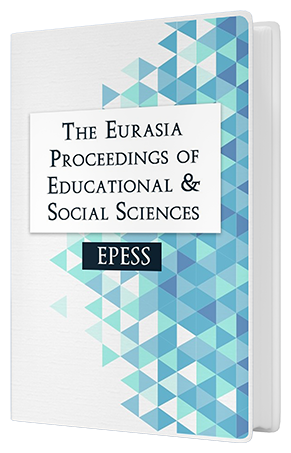INVESTIGATION OF UNIVERSITY CHEMISTRY STUDENTS’ MENTAL MODELS OF METALLIC BONDING AND STRUCTURE OF METAL
Keywords:
University chemistry students, mental models, metallic bondingAbstract
This study identifies second-year chemistry students’ mental models of metallic bonding and structure of metals by using a phenomenographic analysis. Mental models are real representations of objects, ideas or process which individuals generate during the learning process. Sample group consisted of 64 (43 female and 21 male) chemistry students taught all metallic bonding theories. To obtain an in-depth understanding of chemistry students’ mental models, the data were collected by using a written instrument with two open-ended questions. They were asked to explain the bonding in the cupper metallic structure by drawing in the first question. In the second question, they were asked to define what the metallic bonding is. The analysis of the data was conducted on two different dates by using the content analysis method by the author. It was concluded that most of the students’ mental models were simple, in contrast with the sophisticated complex models taught. Some of the students have also hybrid models of the bonding theories.Downloads
Published
Issue
Section
License
Copyright (c) 2016 The Eurasia Proceedings of Educational and Social Sciences

This work is licensed under a Creative Commons Attribution-NonCommercial-ShareAlike 4.0 International License.
The articles may be used for research, teaching, and private study purposes. Any substantial or systematic reproduction, redistribution, reselling, loan, sub-licensing, systematic supply, or distribution in any form to anyone is expressly forbidden. Authors alone are responsible for the contents of their articles. The journal owns the copyright of the articles. The publisher shall not be liable for any loss, actions, claims, proceedings, demand, or costs or damages whatsoever or howsoever caused arising directly or indirectly in connection with or arising out of the use of the research material. All authors are requested to disclose any actual or potential conflict of interest including any financial, personal or other relationships with other people or organizations regarding the submitted work.




